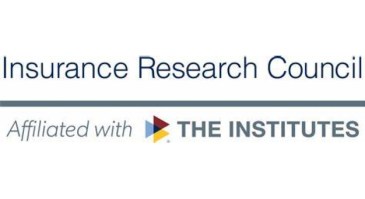
Understanding the Role of Aerial Imagery in Home Insurance
A recent study has highlighted the growing use of aerial imagery technologies, such as satellite, drone, and aircraft photography, in the insurance industry. These tools are increasingly being used to assess property conditions, identify risks, and streamline claims processes. However, despite their widespread application, many homeowners remain unaware of how these technologies are utilized by insurers.
Awareness and Acceptance Gaps
According to a national survey, 75% of homeowners regularly use aerial imagery in mapping applications. Yet, only 60% are aware that insurers also use similar technologies to evaluate properties. This lack of awareness creates a gap between consumer knowledge and the actual practices of the insurance industry. The report found that homeowners who are familiar with the use of aerial imagery in insurance are nearly twice as likely to view it as a factor in fairer pricing.
Age plays a significant role in this disparity. Younger homeowners tend to be more familiar with how insurers use aerial imagery compared to their older counterparts. This generational divide suggests that younger individuals may be more comfortable with technology and its applications in the insurance sector.
Perceived Benefits Versus Concerns
Despite the gaps in awareness, nine out of ten homeowners recognize at least one benefit of aerial imagery in insurance. Commonly cited advantages include:
- Early detection of problems on properties
- Faster processing of insurance claims
- Improved identification of hazards
- Fairer pricing models
However, concerns about privacy and accuracy persist. While 24% of respondents expressed worries about privacy, accuracy emerged as the top concern, with 31% citing it as their biggest worry. These concerns highlight the need for clearer communication from insurers regarding how they use aerial imagery and what data is collected.
Building Transparency to Foster Trust
The Insurance Research Council (IRC) emphasizes that better education and transparency can help bridge the trust gap between consumers and insurers. According to Pat Schmid, president of the IRC, "Consumers see value in aerial imagery when they understand how it’s used in insurance." By increasing transparency and consumer knowledge, insurers can build confidence, improve customer trust, and help homeowners realize the benefits of faster claims, fairer pricing, and better risk prevention.
Industry Implications
The findings of the report indicate a growing need for insurers to engage in proactive communication with policyholders about how emerging technologies are used. By clarifying their practices and demonstrating tangible benefits, insurers can build confidence while enhancing customer experiences.
As aerial imagery continues to reshape property assessment and risk management, the report underscores that consumer education will be critical to balancing innovation with trust. Insurers must take steps to inform their customers about the technologies they use, address concerns, and highlight the advantages that these tools offer.
In conclusion, while aerial imagery holds great potential for improving the insurance experience, there is a clear need for greater awareness and understanding among homeowners. By fostering transparency and providing clear information, the insurance industry can work towards building stronger relationships with its customers and ensuring that the benefits of these technologies are fully realized.
0 comments:
Ikutan Komentar